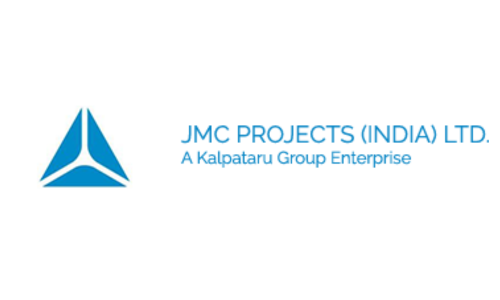Types of Formworks Used by Construction Industries
The term “formwork” refers to a mould into which wet concrete is poured to achieve the required shape. In this advanced construction industry, the role of concrete shuttering is irreplaceable.It is built from a variety of materials such as wood, steel, fibre, plastic, plywood, and so on, depending on the design, construction, budget, and usage requirements. The main criterion of such a mould constructed of any material is that it must be sturdy enough to handle enormous loads, have leak-proof seams, and not harm concrete, among other things. Formworks are among the significant parameters that contribute to premium quality concrete construction.
The pros and disadvantages of various materials used to create forms are addressed below:
Timber:
Timber is one of the most prevalent materials used in the construction of formwork. Timber has been used as a material to manufacture moulds since ancient times as timber, logs, and other items, and it is one of the most cost-effective possibilities when compared to other materials.
Advantages: Because timbers are light in weight, they are easy to handle on building sites; they are also simple to cut to various sizes as needed, and moulds built of timber are simple to deconstruct.
Disadvantages: Moulds made of wood are not as robust as metal moulds since the life of a timber mould is relatively short, thus it cannot be used for a long time. Wood that is completely dry
Plastic:
Plastic moulds might be employed in regions where the structure design is intricate. Moulds composed of glass-reinforced plastic are routinely employed in such situations. In other circumstances where the concrete structure is particularly intricate, vacuum formed polymers are also utilised. Plastic is the most popular shuttering choice in the 21st-century construction space.
Advantages: Plastic is lightweight, resilient, and long-lasting; complicated design moulds may be easily created from plastic, and old plastic moulds can be recycled and reused. Besides being an advanced choice, it is easily stackable. It gets stacked easily on one other, reducing the space required for storing. It comes with multiple tie-rods opening, meaning there’s no need for drilling additional holes.
Concrete doesn’t stick to plastic material. So, it can reduce labour expenses and save time. Cleaning it is also a simple endeavour (using water). The speedier cycles mitigate complexities associated with a time-consuming and labour-intensive process. Plastic shuttering has low surface tension. In addition, using plastic shuttering eliminates plastering. One can directly opt for putty and paint.
Plastic formwork fetches a great scrap value when compared to plywood formwork. Lastly, it is a 100 % recyclable product compared to the below-offered formwork types.
Disadvantages: Plastic moulds are more expensive than plywood and wood, and their load-bearing capability is lower than other materials.
Steel:
Steel is the most costly material utilised in the construction of formwork. When compared to other types of mounds, this one may be utilised the most times. Molds of this type provide an extremely smooth and consistent finish. Steel moulds are often utilised in large construction projects such as bridges and dams.
Advantages: Steel formwork has several advantages, including the ability to support a big weight, the ability to be reused a large number of times, and the ease of installation and removal.
Disadvantages: Steel formworks are highly costly; they cannot be framed to the appropriate shape and size; and, since they are composed of steel, they are prone to rust.
Aluminum:
The best benefit of aluminium shuttering is that it is precise, sturdy, and quick to set up. The shuttering would work best for construction trades like concrete placement, steel reinforcement, and electrical or mechanical conduits. These formworks are lightweight, so they are seamless to handle.
Since it is durable, it gets reused multiple times without replacements or repairs. The formworks comprise fewer joints, so there are fewer leaks. Besides delivering the required accuracy, they have architectural characteristics. All in all, it offers a smoother finish. But compared to plastic, the lighter sections might deflect if the load exceeds the maximum limit.
Considering the formwork types mentioned above, plastic is the clear winner. Nova Formworks is the best shuttering company in India manufacturing plastic formwork with GI-supported stiffener attached to the panels’ back. Highly experienced in the field holding a legacy for over 4 decades have pioneered this very innovative plastic formworks that meet every construction need with precision and finesse. Seek consultation from the company to learn about them.


































